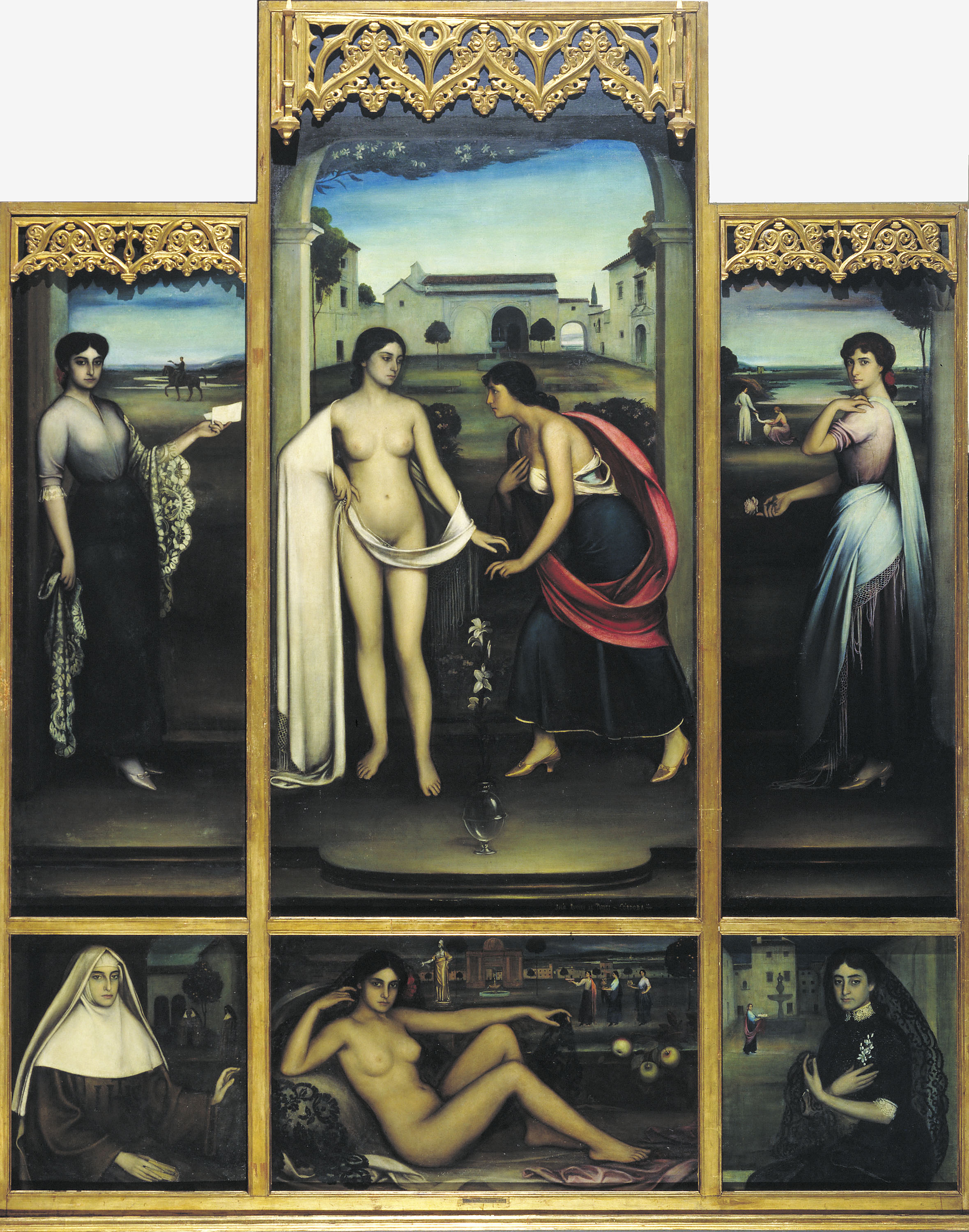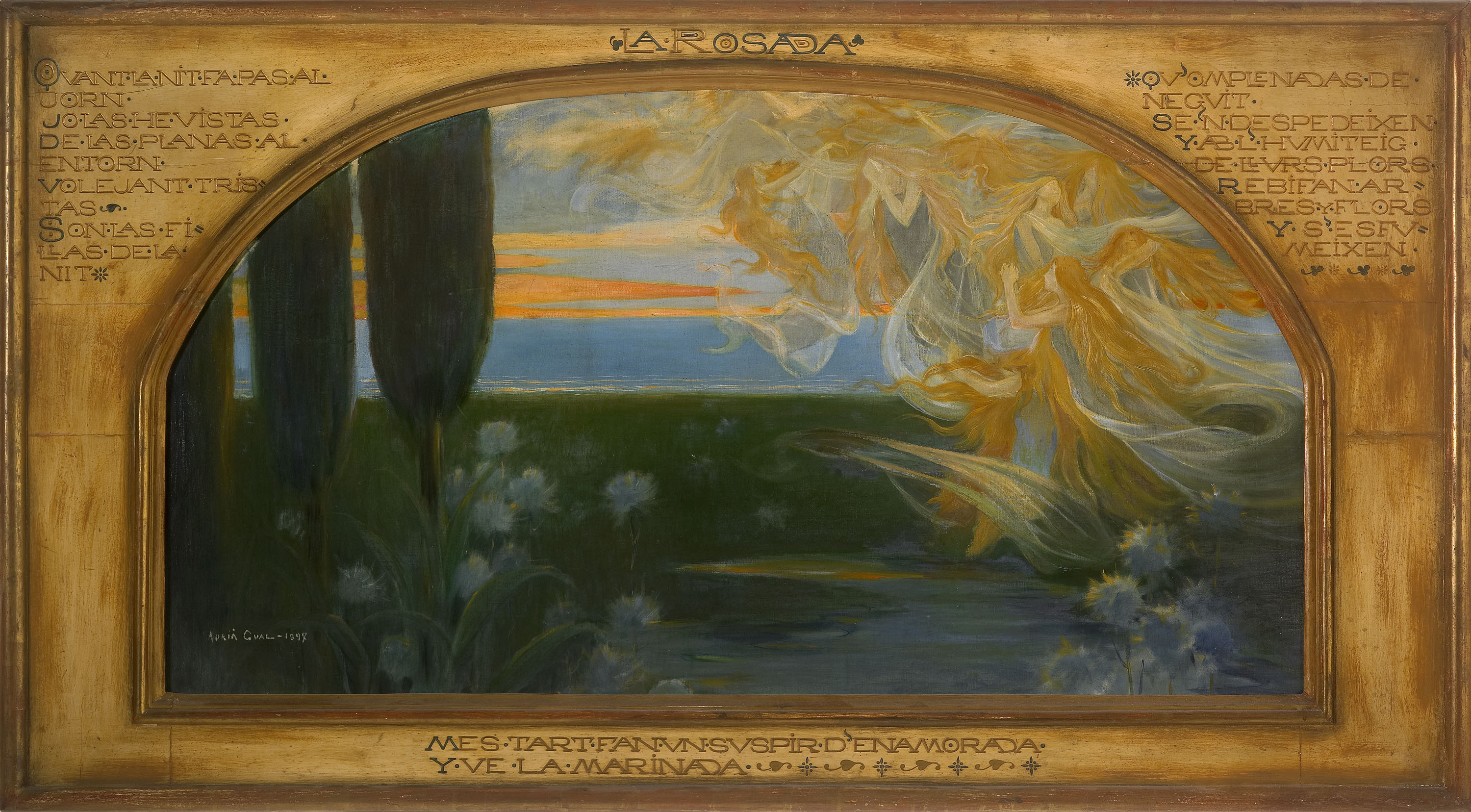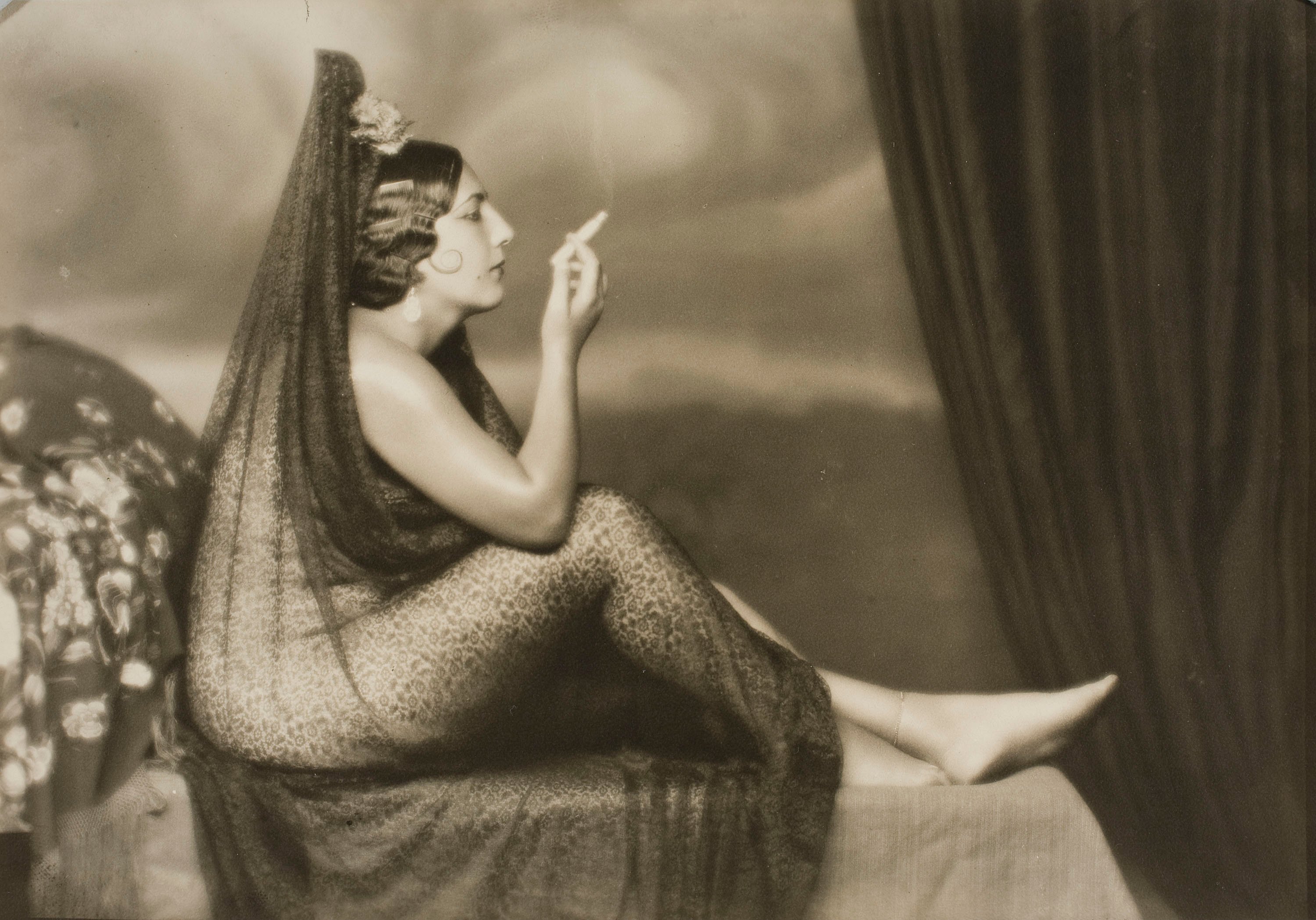The poetic and spiritual values upheld by symbolism and its wish for transcendence against the anti-idealism of Realism and Impressionism were also reflected in the formats of their paintings or photographs, which sometimes tried to evoke those of religious art. In opposition to the straightforward easel painting that is a characteristic of modernity, symbolism proposed the complexity of the cycle or the retable –triptych or polyptych– and extended the work from the interior of the painting to the design of the frame.
II. Modernism(s)
- II.22. Symbolisms 2
II.14. 'Modernistes' in Paris [1]
II.15. 'Modernistes' in Barcelona [2]
II.16. The painter of modern life [3]
II.17. The ‘Modernista’ home [4]
II.18. Antoni Gaudí and Josep Maria Jujol [5]
II.19. Conservative ‘Modernismes’ [6]
II.20. Symbolisms 1 [7]
II.21. Bohemia, miserabilism and black painting [8]
II.22. Symbolisms 2


